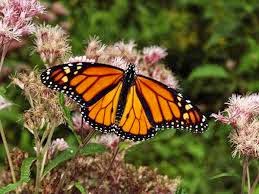Lucy
1. It is the bones of one of our earliest human ancestors
2. It lived 3.2 milliion years ago
3. It looked like a human
4. It walked upright on two legs
Hadar Skull
1. It is a skull of a primitive human species
2. It lived 3.0 million years ago
3. It looked more apelike than human, and was really old
4. The skull didn't move
Laetoli Footprints
1. Footprints of early human species
2. It lived 3.6 million years ago
3. It was an upright being, like humans, but the prints resembled a tree-dwelling chimp's foot structure
4. The walked on two feet like human beings
First Family
1. It is a collection of early human species
2. It lived 3.2 million years ago
3. The males were much bigger than their female counterparts
4. They walked like humans with broad heels and long and more straight
Rating:
★★★
It was okay, but not exactly informative. The first page was really confusing and hard to read. This weblab was not very good, but it was sufficient, I guess.















